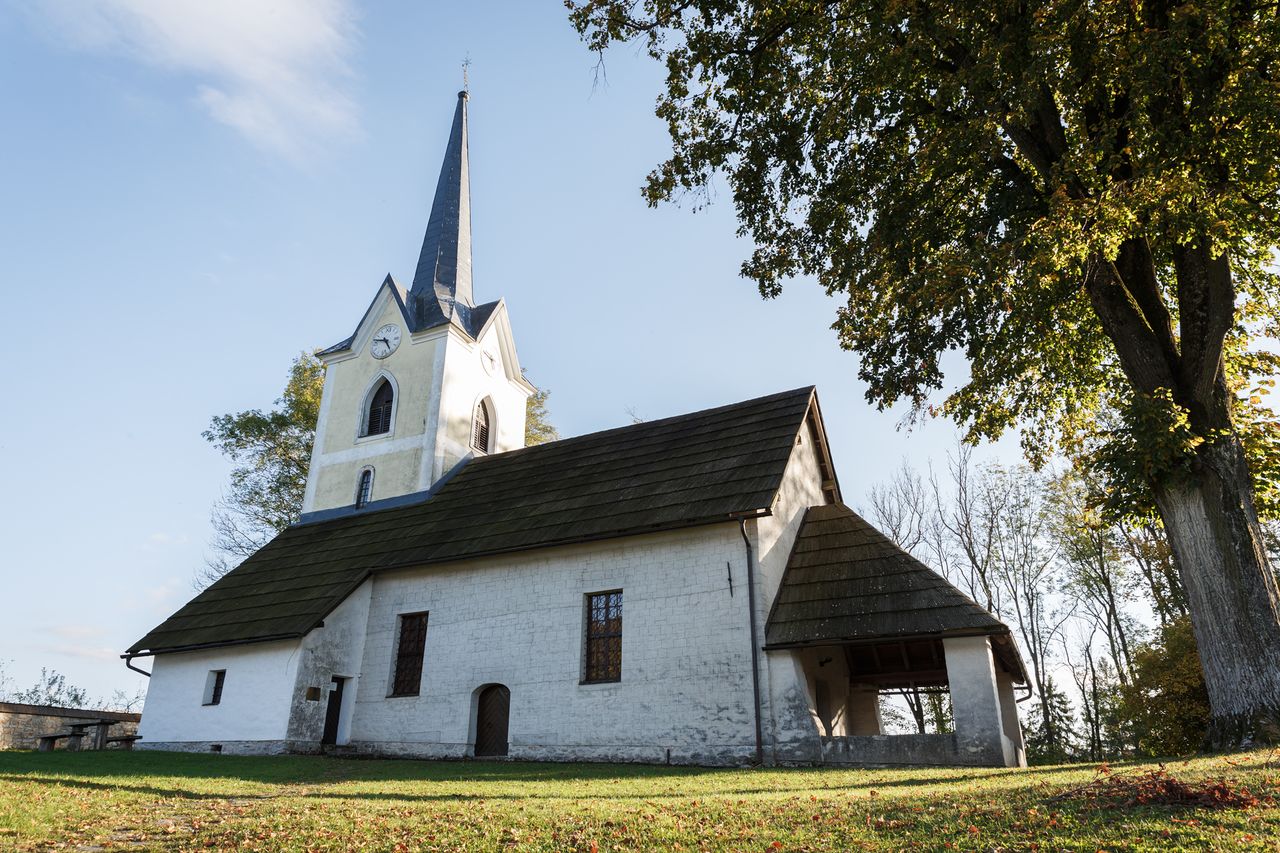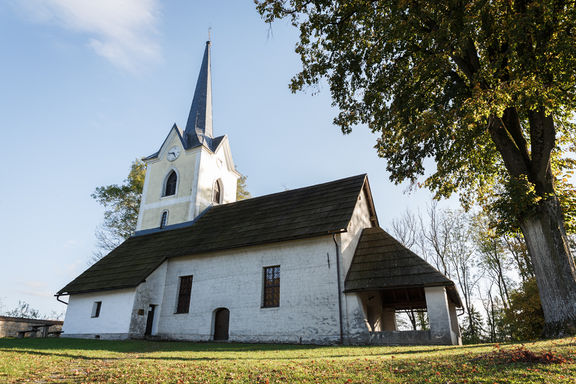Difference between revisions of "Church of St George in Legen"
(imported from XML by extractor/importer) |
Anže Zorman (talk | contribs) (Updated 2020) |
||
| (21 intermediate revisions by 7 users not shown) | |||
| Line 1: | Line 1: | ||
{{Article | {{Article | ||
| − | | status = | + | | status = NIFERTIK! |
| − | | maintainer = | + | | maintainer = Janez Premk |
}} | }} | ||
{{Infobox | {{Infobox | ||
| name = Church of St George in Legen | | name = Church of St George in Legen | ||
| localname = Cerkev svetega Jurija | | localname = Cerkev svetega Jurija | ||
| − | | street | + | | street = Legen |
| − | | | + | | town = SI-2380 Slovenj Gradec |
| − | | | + | | map = https://www.openstreetmap.org/?lon=15.10835&lat=46.501&zoom=16&layer=mapnik |
| − | | email = | + | | telephone = 386 (0) 2 621 2522 |
| − | | website = http:// | + | | email = info.sg@kpm.si |
| − | | | + | | website = http://www.kpm.si/razstave/cerkev-svetega-jurija/ |
| + | | managed by = Koroška Regional Museum | ||
| + | | opening hours = 2–6pm Fri, Sun, 9am–1pm and 2–6pm Sat Apr–Oct. For announced groups by arrangement. | ||
| contacts = {{Contact | | contacts = {{Contact | ||
| − | | name = | + | | name = |
| − | | role = | + | | role = |
| + | | email = | ||
}} | }} | ||
}} | }} | ||
| − | {{ | + | {{Teaser| |
| − | + | {{Wide Image|Church of St George in Legen 2019 Exterior Photo Kaja Brezocnik.jpg}} | |
| + | |||
| + | The [[Church of St George in Legen|Church of St George]] in Legen village stands at the forest edge at the plateau above the Mislinja Valley. The Romanesque church, built upon a precursor from the 9th and the 10th century is a characteristic Carinthian type with a choir bell tower at the east side. Several graves and other archaeological finds uncovered in 1993 are on display. The church has been declared a cultural monument of the highest degree. | ||
}} | }} | ||
| + | |||
| + | == History == | ||
| + | The Church of St George was already known as a church with a Romanesque plan dating to the second half of the 13th century. As such, it preserved more significant architectural building phases and renovations. After the earthquake in the 17th century the church was partly rebuilt in Baroque style. | ||
| + | |||
| + | During the restoration of the worn-out pavement in 1993, archaeologists of the [[Institute for the Protection of Cultural Heritage of Slovenia, Maribor Regional Office]] came quite unexpectedly upon the ruinous remains of older sacral objects and graves. | ||
| + | |||
| + | == Finds == | ||
| + | Excavation of the earlier construction phase revealed the foundations of a small early medieval (9th and 10th century) church with one nave and an inscribed (hidden) apse which had burnt down. On the southern and eastern side of the church were 26 old-Slovene graves from the same period. | ||
| + | |||
| + | Objects found in the graves included numerous small bronze shaded hoops with either a single thickened part at the end or an "S" snare. There were also two round bronze ornamental clasps. One of special interest was decorated with a peacock, an old Christian symbol of immortality. | ||
| + | |||
| + | The discovered archaeological remains are glass-covered with a heated, accessible surface and air-conditioning, a masterpiece of preservation by architect [[Milan Kovač]] in 1994. An experienced specialist with a history of finding technical solutions to similar problems, he has also worked on archaeological monuments in Etruria, Egypt, and China. | ||
| + | |||
| + | == Awards == | ||
| + | In 1996 [[Mira Strmčnik]] received high recognition from the [[Archaeological Society of Slovenia]] for supervision of the entire project connected with the Church of St George, especially for the management of the excavations. | ||
| + | |||
| + | == See also == | ||
| + | * [[Koroška Regional Museum]] | ||
| + | * [[Archaeological Society of Slovenia]] | ||
| + | |||
| + | == External links == | ||
| + | * [https://www.kpm.si/en/exhibitions/church-of-st-george/ Church of St George in Legen web page] | ||
| + | |||
| + | |||
| + | {{Gallery}} | ||
[[Category:Monuments and sites]] | [[Category:Monuments and sites]] | ||
| + | [[Category:Churches]] | ||
| + | [[Category:Updated 2020]] | ||
Latest revision as of 13:13, 3 December 2020
History
The Church of St George was already known as a church with a Romanesque plan dating to the second half of the 13th century. As such, it preserved more significant architectural building phases and renovations. After the earthquake in the 17th century the church was partly rebuilt in Baroque style.
During the restoration of the worn-out pavement in 1993, archaeologists of the Institute for the Protection of Cultural Heritage of Slovenia, Maribor Regional Office came quite unexpectedly upon the ruinous remains of older sacral objects and graves.
Finds
Excavation of the earlier construction phase revealed the foundations of a small early medieval (9th and 10th century) church with one nave and an inscribed (hidden) apse which had burnt down. On the southern and eastern side of the church were 26 old-Slovene graves from the same period.
Objects found in the graves included numerous small bronze shaded hoops with either a single thickened part at the end or an "S" snare. There were also two round bronze ornamental clasps. One of special interest was decorated with a peacock, an old Christian symbol of immortality.
The discovered archaeological remains are glass-covered with a heated, accessible surface and air-conditioning, a masterpiece of preservation by architect Milan Kovač in 1994. An experienced specialist with a history of finding technical solutions to similar problems, he has also worked on archaeological monuments in Etruria, Egypt, and China.
Awards
In 1996 Mira Strmčnik received high recognition from the Archaeological Society of Slovenia for supervision of the entire project connected with the Church of St George, especially for the management of the excavations.
See also
External links




